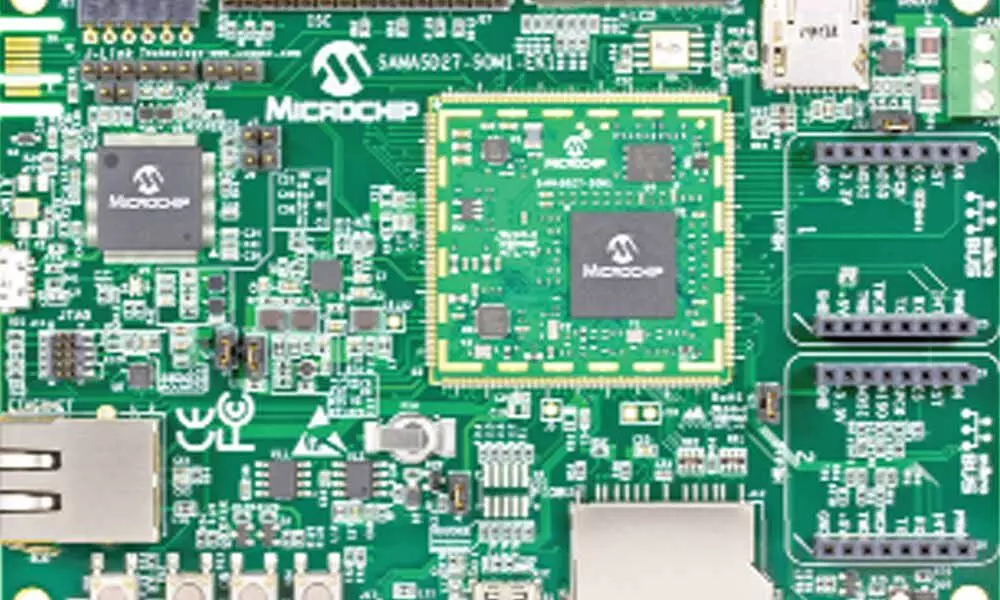Why China can't fix global microchip shortage
The country has been the world’s vaunted factory floor but semiconductors require years of hard-won know-how and incredible amounts of money to design and create
image for illustrative purpose

Why can't China step in to fill the chip shortage? The vaunted factory floor of the world has flooded the global economy with goods, and has often had to deal with domestic oversupplies itself. Why then has it been largely on the sidelines of the debate over solving the worldwide semiconductor shortage?
The stark reality is that, when it comes to chips and chipmaking machinery, China just can't produce what the world needs. Its self-sufficiency in semiconductors remains low: It exports about $100 billion worth of chips but imports more than $300 billion. Meanwhile, China makes 28 per cent of the semiconductor production equipment required by chipmakers, according to HSBC Holdings Plc. estimates.
The chip foundries and production lines that have been set up in China require imported machinery. Last year, $13.7 billion of semiconductor equipment came in from overseas, up over 30 per cent from the year before. The shortage of such machines is so severe that used ones from Japan are making their way to China, pushing prices up sharply.
The country has been able to make some progress, especially in low-end processes of the multi-step chipmaking procedure, but it is still decades away from more complex operations. The likes of Shanghai-based Semiconductor Manufacturing International Corp. are a few generations behind global leaders like Taiwan Semiconductor Manufacturing Co. and Samsung Electronics Co. Up until 2015, the Chinese company produced much older technology and the country hasn't been able to break into the bleeding edge. And with the advances in chip design - and the global demand for higher end semiconductors - China is chasing moving targets.
Take lithography, a critical step in chipmaking, where light is used to transfer circuit patterns to a film, which is then used to make individual microprocessors. It can take more than 10 years to develop the so-called extreme ultraviolet tools for lithography; and the exacting machinery has become increasingly expensive. The market has consolidated around just three players because it is so capital- and knowledge-intensive. China's imports of lithography equipment rose 97 per cent last year. The country does have one company that makes the machinery: Shanghai Micro Electronics Equipment Ltd. It expects to deliver equipment that uses an older lithography technology either this year or in 2022.
Beijing has tried relentlessly to gain semiconductor self-sufficiency, throwing subsidies and incentives like decades-long tax breaks to the chip industry. Self-reliance remains a national policy goal. Yet, large projects have gone belly-up. Chinese firms that make equipment for lower-end processes like chip cleaning, are crowding into a small market. In 2019, only 6.1 per cent of entire chip market in China was supplied by companies headquartered in the People's Republic. (Bloomberg)

